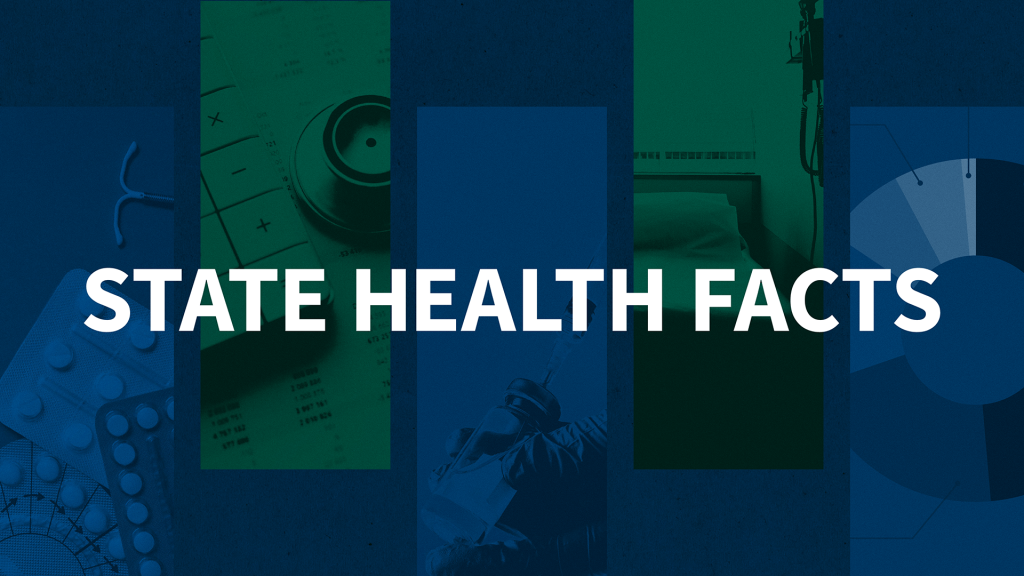Health Centers Reauthorization: An Overview of Achievements and Challenges
This report reviews the role of community health centers in the nation's health care safety net. Today, over 1,000 federally funded and “look-alike” health centers serve 14.3 million people, three-quarters of whom are uninsured or covered by Medicaid.
